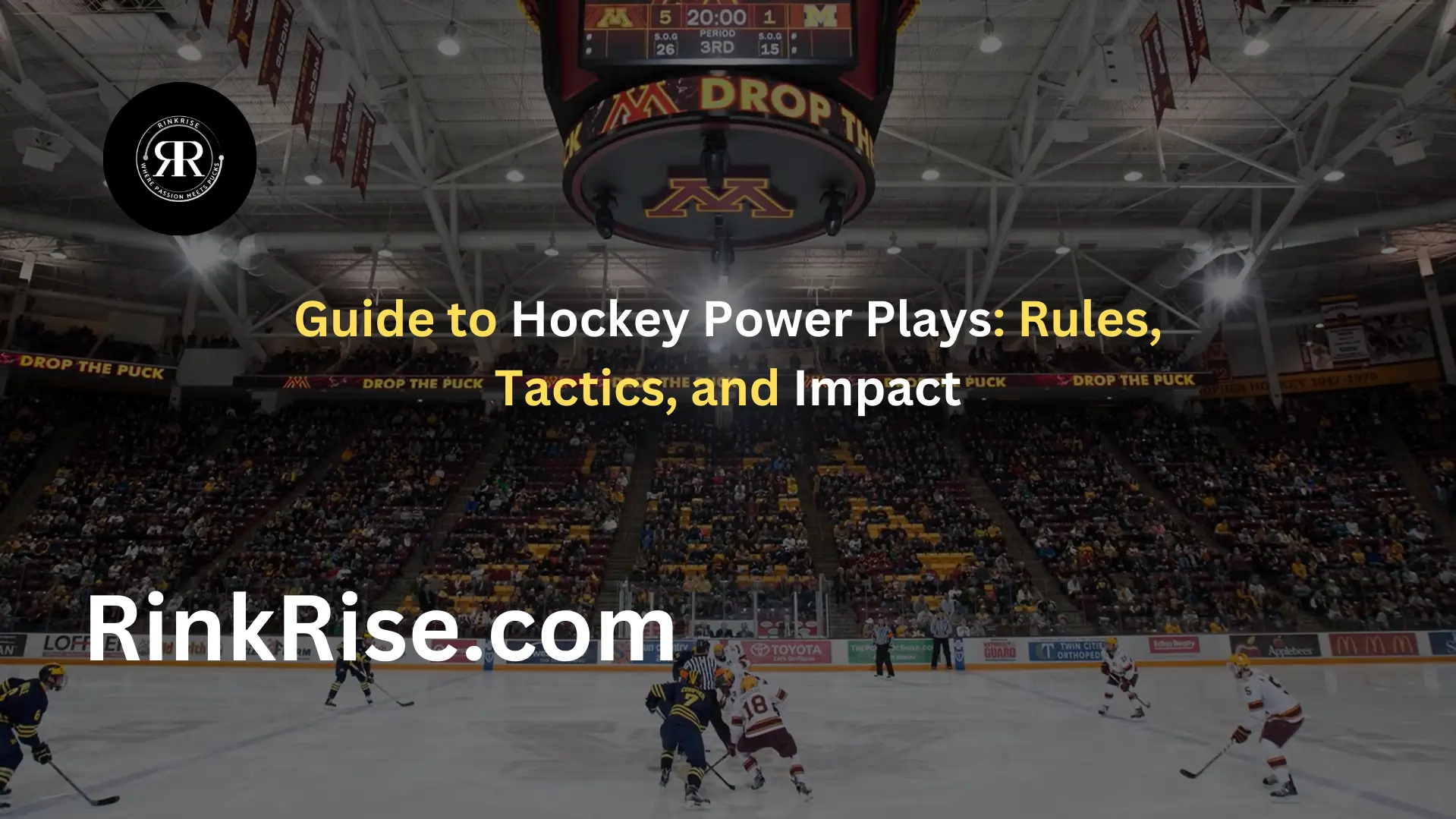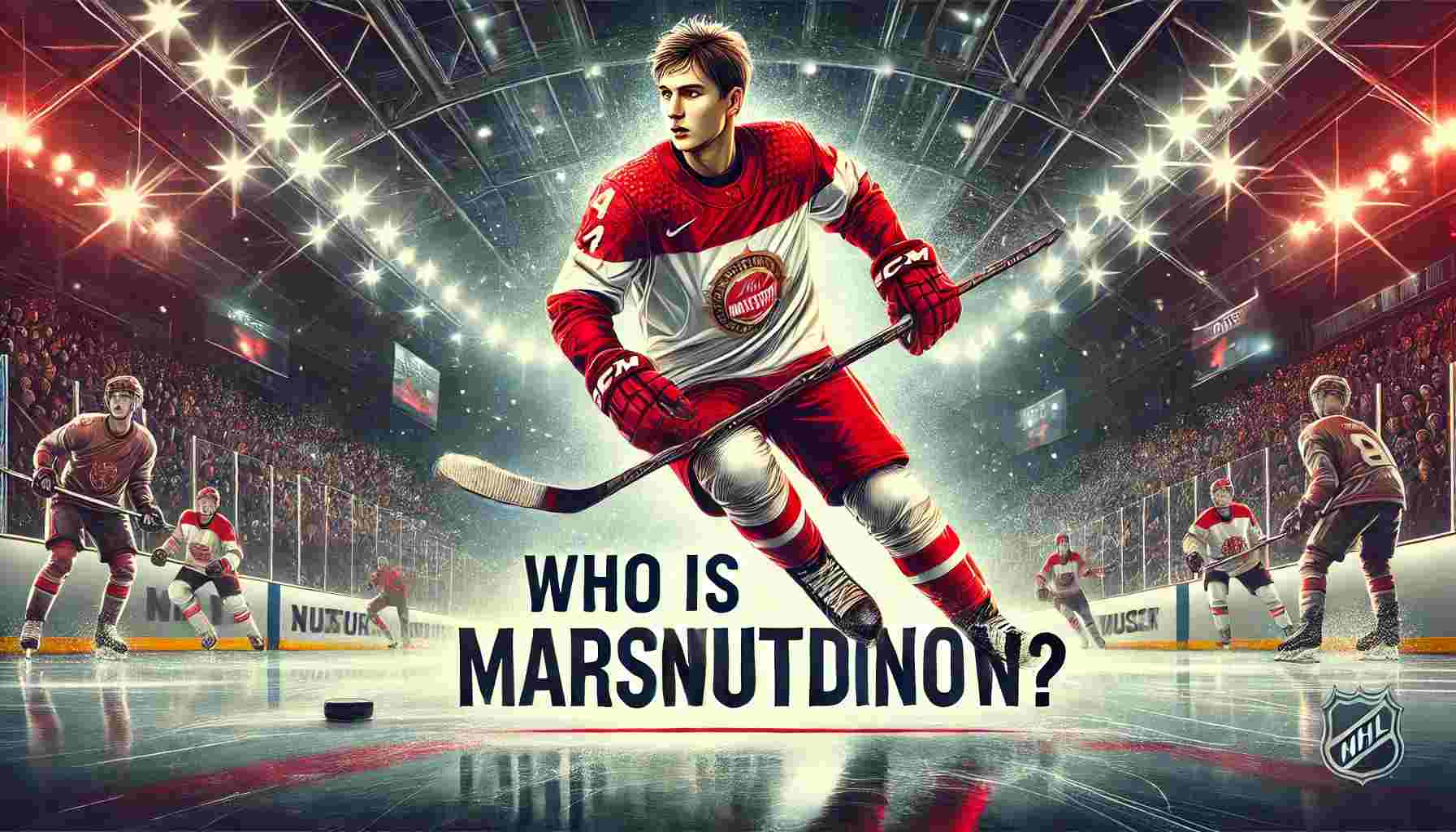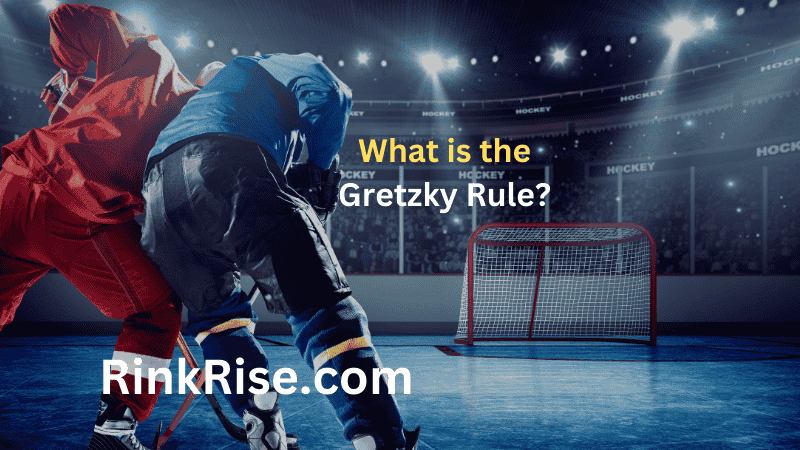Understanding the Hockey Power Plays
A power play in hockey offers a team an enhanced opportunity to score. This advantage occurs when an opposing player is penalized for infractions like high-sticking, tripping, or cross-checking. The penalized player is sent off the ice to the penalty box, leaving their team short-handed for the duration of the penalty, typically two or five minutes based on the infraction’s severity.
During a standard game, each team has five skaters and one goalie, a setup commonly referred to as 5on5. When a penalty occurs, the non-penalized team gains a 5 on 4 advantage, increasing their chances to organize and execute strategic plays aimed at scoring. If the penalty involves the goalie or if additional penalties are assessed during the power play, this can lead to a 5 on 3 scenario, further boosting the scoring potential for the advantaged team.
If the team with the extra player fails to score by the time the penalty expires, the penalized player rejoins the game in action. However, if a goal is scored during the power play, the game pauses to allow the penalized player to return to the bench immediately. This dynamic makes power plays a critical aspect of hockey strategy, significantly influencing the game’s flow and outcome.
How Penalties Activate Power Plays in Hockey
Power plays in hockey are initiated by various penalties—violations of the game’s rules. These penalties are classified into minor, double-minor, or major, each affecting the game differently. A minor penalty causes a player to be off the ice for two minutes, while a major penalty results in a five-minute absence, significantly impacting team dynamics.
Here is a simple explanation of how different penalties influence power plays:
- Minor Penalty: Lasts two minutes. The power play ends if the advantaged team scores.
- Double Minor Penalty: Totals four minutes, handled as two sequential minor penalties. The power play may conclude after the initial two minutes if a goal is scored.
- Five-Minute Major: Extends for the entire five minutes, irrespective of any goals scored during this period.
- Penalty Shot: This is a single direct attempt to score, not timed but offers a direct scoring chance.
- Game Misconduct: Leads to the player’s ejection for the game’s duration. This does not result in a power play unless it is combined with other penalties.
Understanding Penalties and the Role of the Penalty Box in Hockey
The penalty box serves as a temporary holding area for players who commit infractions, ensuring they are sidelined for a set period. When a goalie commits a penalty, another player will serve the time in the penalty box, allowing the goalie to remain in play, which is critical for the team’s defense.
This overview provides insight into the complexities of hockey penalties and illustrates how Penalties in Minutes (PIM) affect both team strategies and power play chances. Understanding these elements is essential for grasping the tactical aspects of the game, especially how teams manage and respond to penalties.
Key Guidelines for Power Plays in Hockey
Explore the detailed regulations that govern power plays, including nuances like icing during a power play and how overtime affects these scenarios. Understanding these rules enhances appreciation for the strategy and skill involved in this crucial aspect of hockey.
Mastering Power Play Essentials
During a power play, the general hockey rules adjust to accommodate the changed dynamics on the ice. These adjustments aim to maintain fairness while giving a strategic edge to the team with more players. The rules are designed to ensure the penalized team faces repercussions for their infractions while keeping the game competitive and engaging.
Icing and Strategic Exceptions
One significant rule modification during a power play is related to icing. Normally, a team is penalized for icing—the act of shooting the puck from behind their half of the ice over the opponent’s goal line without any touch. During a power play, the shorthanded team is permitted to ice the puck, a strategy that helps them clear their zone and reduce the time left in the opponent’s power play advantage.
Additional Rules to Consider
- Player Substitutions: If a goal is scored during a minor penalty, the penalized player returns to the ice, ending the power play prematurely. For major penalties, the full five minutes of the power play is served, regardless of goals scored.
- Offside Rules: Standard offside regulations apply during a power play. The team with the advantage must enter the offensive zone in a regulated manner, ensuring the puck crosses the blue line first.
- Penalties During a Power Play: Committing a penalty while on a power play leads to a 4-on-4 scenario until the initial penalty expires, then the original power play may continue if time remains.
Power Play Dynamics in Overtime
Overtime introduces unique aspects to power plays. In the NHL, regular-season overtime is played 3-on-3. If a penalty is called, the non-penalized team adds a player, creating a 4-on-3 advantage, significantly shifting strategies for both sides.
Navigating Complex Penalty Scenarios
In games with multiple overlapping penalties, teams must display both physical skill and mental strategy. The rules ensure fairness, specifying the order of penalty durations and re-entry to avoid giving an undue disadvantage to the penalized team beyond the required penalty time. Understanding these complex rules is crucial for teams to effectively manage and respond to various game situations.
Advantages of a Strong Power Play in Hockey
In hockey, where most leagues are highly competitive, teams generally have similar skill levels during regular 5on5 play. Despite variations in team strength, the game’s nature—with ten skaters and two goalies—makes scoring goals a substantial challenge. Hockey typically sees low-scoring games, with average final scores around 3-2 or 2-1, highlighting the sport’s competitive intensity compared to others.
Transformative Impact of Power Plays
This dynamic shifts significantly during a power play, where the removal of a player from the ice creates new opportunities. From a young age, hockey players learn the critical skill of passing the puck to an open teammate.
During a power play, the likelihood of having an open player increases because it is nearly impossible for a single penalty killer to defend against multiple opponents. An effective power play enhances a team’s ability to capitalize on these moments, significantly boosting their scoring chances within the crucial two or five-minute penalty period.
While it’s unrealistic to expect a goal during every power play, teams with a robust and confident power play strategy—considered above average or elite in their league—markedly improve their odds of outscoring opponents and securing more victories. Thus, mastering the power play can be a decisive factor in a team’s competitive success.
Selecting the Optimal Power Play Strategy for Your Hockey Team
Choosing the right power play strategy for your hockey team hinges on several key factors. As a coach, it’s crucial to select a power play formation that aligns with your coaching style and understanding of the game. While having experience as a player can be beneficial, it’s not essential for orchestrating an effective power play. What’s vital is a deep comprehension of the chosen system and its strengths, enabling quick decision-making and maximizing scoring opportunities.
Tailoring Strategy to Player Skills
Another critical aspect is the unique skills of the players designated for the power play. Each formation demands specific abilities. For instance, a strategy focused on utilizing a player with a powerful slapshot requires someone with that particular skill. Since the most talented players are often distributed across various teams within a league, leveraging the distinct skills of your players is essential.
The most successful power plays incorporate a diverse array of skills. If all players excel at wrist shots but lack in passing, the puck movement will be inefficient, making it easier for penalty killers to defend against them. Power play strategies can range from complex and creative to straightforward and structured, depending on what the situation demands.
Developing a Winning Power Play Formation
Deciding on your team’s power play formation involves a thorough analysis of the available players, which might take an entire season to perfect. It requires crafting a system that not only plays to the strengths of the players but also matches the coach’s strategic understanding. This thoughtful approach ensures that your team can effectively exploit power play opportunities to tilt the game in your favor.
Exploring Different Power Play Formations in Hockey
In the world of professional hockey, particularly within the National Hockey League (NHL), teams employ a variety of power play formations. While some teams prefer to stick with their tried-and-true methods, others opt for a more dynamic approach, switching between formations to create unpredictability and complicate the defensive strategies of penalty killers.
Dynamic and Static Power Play Strategies
A common strategy involves starting in one formation and transitioning to another during the play. For example, teams might combine the umbrella formation with the 1-3-1 setup, using the umbrella on one side of the ice and positioning a player in the 1-3-1 formation on the opposite wing.
This versatility makes it challenging for penalty killers to predict and counter the play effectively. Conversely, teams with particularly skilled players might choose a more static approach, relying on the exceptional abilities of these players to overpower the defense without needing to shift formations frequently.
Common Power Play Formations
The five most prevalent power play formations in hockey are:
- Umbrella: This formation focuses on three players positioned at the top of the offensive zone, forming a shape resembling an umbrella. It is effective for creating shooting opportunities from the point and facilitating quick passes.
- 1-3-1: Features one player at the point, three across the middle, and one near the goal, offering a balanced attack with options for both shots and passes.
- Overload: Concentrates players on one side of the ice to outnumber and break down the penalty kill on that side through quick passes and close support.
- Spread: Utilizes a more dispersed setup to stretch the defensive coverage and open passing lanes across the ice.
- 5-on-3: Employed when two opposing players are penalized at the same time, giving a significant numerical advantage to the attacking team.
Read Also: What Exactly is PIM in Hockey? Unpacking the Penalty Details
FAQ’s: hockey power plays
What is a Power Play in Ice Hockey?
A power play occurs in ice hockey when one team gains a numerical advantage because an opposing player is penalized and must sit out. This situation happens when the penalized team plays with fewer players, giving the other team a better chance to score.
What Are the Strategies of a Hockey Power Play?
In ice hockey, a power play involves strategies like the Umbrella, Overload, 1-3-1, and Spread. Each tactic is designed to exploit the numerical advantage by positioning players to maximize scoring opportunities against fewer defenders.
What is the 1-2-2 Power Play in Hockey?
The 1-2-2 power play in hockey involves cycling the puck to disrupt the defense, starting from the half boards. One forward positions below the goal line on the strong side, while another sets up in the mid-slot on the weak side, facilitating movement and opening scoring opportunities.
What Is a 5-on-3 Power Play in Hockey?
A 5-on-3 power play occurs when one team has two players serving penalties while the opposing team remains at full strength. This gives the team with the numerical advantage a significantly higher opportunity to score, as they have two extra players on the ice.
What Are the Rules for Power Play in Cricket?
In cricket, the power play rules restrict field placements to increase scoring opportunities. During the first 10 overs, known as the 1st power play, only two fielders can be outside the 30-yard circle. From overs 11 to 40, up to four fielders are allowed outside this circle.
What Is a 5-on-4 Power Play in Hockey?
A 5-on-4 power play in hockey occurs when one team has a player penalized, reducing their side to four skaters, while the opposing team continues with five skaters. This gives the team with more players a strategic advantage to score.



